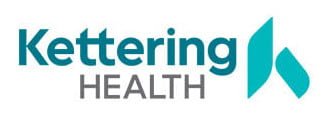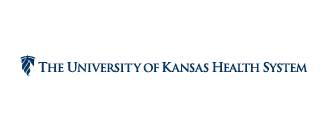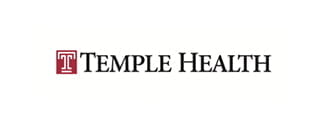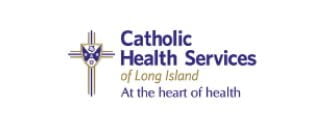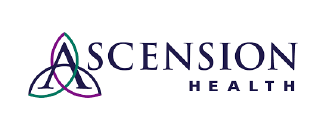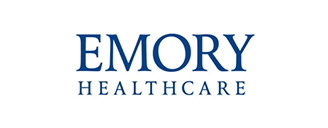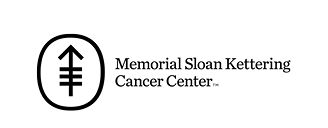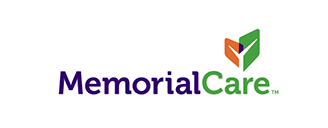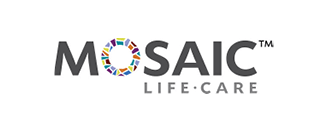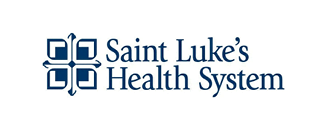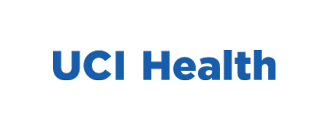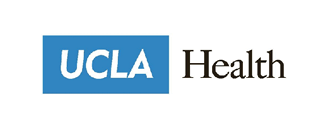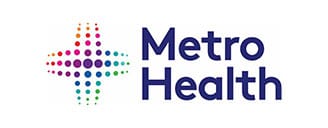Introduction
Healthcare organizations face an overwhelming lack of visibility into their supply chains, making environmental, social, and governance (ESG) commitments difficult to act on. However, ESG initiatives are more critical than ever with major disruptions shaking the foundation of the healthcare supply chain.
In the second part of our two-part series, we discuss the barriers and considerations for building a strong ESG strategy in the healthcare supply chain. In addition, we advocate for data collaboration to help build a forward-thinking supply chain strategy with ESG standards in mind.
If you’re not caught up on the what and why of ESG in the healthcare supply chain, head over to the first blog in this series to read more.
Barriers to ESG in the healthcare supply chain
Many healthcare organizations now report on ESG principles to promote goals including health equity, environmental sustainability, and diversity and inclusion. The healthcare supply chain is a critical component of this conversation.
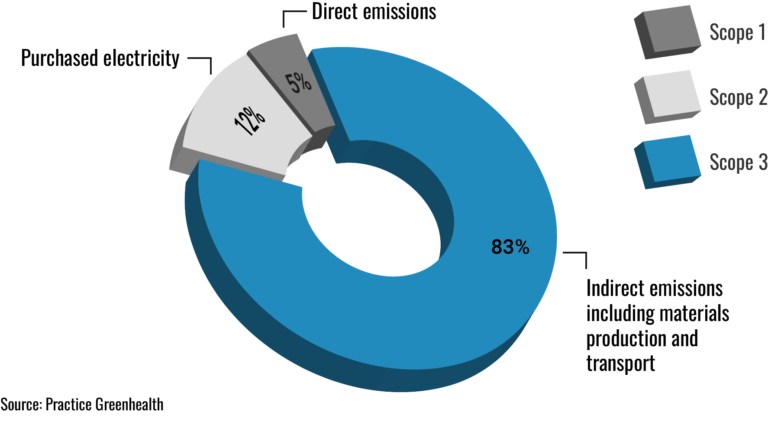
To illustrate, healthcare supply chain emissions, also called scope three emissions, account for approximately 83 percent of the industry’s total carbon emissions. As such, it’s more important now than ever to apply ESG principles to supply chain activities.
ESG in healthcare is becoming imperative from a regulatory standpoint as well. For example, the Joint Commission recently launched its Sustainable Healthcare Certifications Program to “help organizations expand or continue their decarbonization efforts.” In addition, ESG scoring is expected to be a factor in Medicare payments in the future.
Given the sheer size and scope of today’s healthcare supply chain, however, it can be much more difficult for healthcare organizations to make tangible progress on ESG goals in this area.
This is largely because many healthcare organizations have a vast ecosystem of partners at each step of the supply chain, all with very little standardization. As such, healthcare supply chain leaders often have little insight into their partner’s operations and struggle to maintain accountability to ESG standards.
Considerations for implementing ESG in the healthcare supply chain
With no clear visibility into the supply chain, how can the industry begin to make tangible progress toward ESG goals? Fortunately, healthcare organizations are not powerless when it comes to implementing ESG principles in their supply chain activities. Below we list two critical steps that industry leaders can take to promote alignment on ESG initiatives across the supply chain.
- First, healthcare organizations can leverage their buying power to drive upstream behavior change. This includes, for example, prioritizing relationships with manufacturers, suppliers, and distributors that align on ESG goals such as sustainability, diversity, and fair labor practices.
To name one example, it is well-documented that traditional inhaled anesthetics account for up to 5 percent of a healthcare facility’s carbon emissions. By exploring safe and effective alternatives with their suppliers, healthcare organizations can significantly and immediately reduce their carbon footprint.

- Second, healthcare organizations can promote alignment on ESG across the supply chain by choosing partners that follow the same or similar ESG framework. One of the most common ESG frameworks employed by organizations worldwide is the Global Reporting Initiative (GRI).
The GRI is an international and independent organization that promotes collaboration and reporting on ESG across multiple industries. With 78 percent of the world’s largest corporations following the GRI, it is the most widely used ESG framework.
Importantly, many companies report on multiple ESG frameworks simultaneously. For example, a majority the top 250 global companies report on the GRI in addition to the UN’s Sustainable Development Goals (SDGs) and the Task Force on Climate-related Financial Disclosures (TCFD).
Following a recognized ESG framework can help healthcare organizations unite their supply chain partners on shared priorities. In addition, healthcare organizations can use ESG framework(s) to benchmark new partnerships, ensuring alignment on ESG goals from the start.
The importance of data and digital transformation
The healthcare supply chain is well-acquainted with operating in siloes with disparate datasets shrouding their operations. However, the ESG strategies outlined above need a strong foundation of transparency, visibility, and accountability to be successful.
To build a modern supply chain with ESG best practices in mind, data collaboration is critical. Healthcare organizations and their supply chain partners simply cannot fix issues that they cannot see. Ongoing collaboration and data sharing across organizations can help uncover these issues and promote evidence-based improvements.
One way to facilitate this collaboration is to digitalize internal supply chain data collection with interoperability in mind. Interoperability is the ability for digital datasets to securely exchange and utilize data within and between organizations.
Modernizing data collection in this way can prime healthcare organizations to remain accountable to their ESG commitments. This includes not just timely and accurate reporting, but leveraging data insights to make tangible progress in these areas.
For example, with a standardized data reporting system, health systems can more easily request product information from their manufacturing partners. In turn, manufacturers can more readily provide this information. Healthcare purchasers can then use this data to choose products from diverse suppliers, with less carbon impact, and with ethical labor practices.
Conclusion
ESG is no longer just an accessory to healthcare strategy. Likewise, it will no longer be enough to simply make commitments to ESG. With the current trajectory, ESG will be part of the foundation and the future of healthcare and the healthcare supply chain. Already, health systems may soon be required by regulatory bodies to make tangible returns on their commitments to ESG principles.
These commitments are integral to reducing healthcare’s carbon footprint, which accounts for nearly 8 percent of total global emissions. In turn, reduced healthcare emissions can support better population health as well.
A system of transparency, visibility, and mutual accountability facilitated by data and digital transformation is critical to a successful ESG strategy. This includes a strong digital foundation to support data collaboration and reporting. Healthcare systems can begin the first steps toward this goal by modernizing their supply chain with data interoperability in mind.
About VPL
We modernize clinical supply chains to support healthier patients. Our technology-driven solutions and consultative customer experience empower health systems and outpatient pharmacies to build smarter, more resilient supply chains. With over 700 hospitals and a 97 percent customer retention rate, we’re trusted to deliver transparency, cost savings, and peace of mind.
